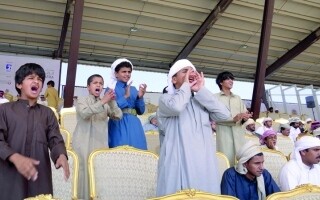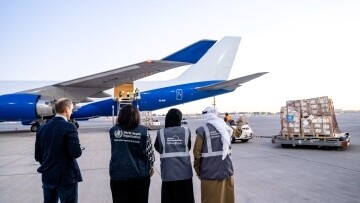
The event, taking place under the sign of authenticity and heritage, culminates in the Zahra region, a final festival that continues to support the unique link between humans and birds through the traditional 'naming' - one of the ways to communicate at the exhibitions of the birds. At the time of the competition, the voices of the participants are mixed with the evaluation commission, creating a situation where the public hardly distinguishes the calls of the competitors among their birds. One of them screams unevenly, another produces unclear sounds, while a third loudly calls out the name of their bird. And all the same, the birds recognize the voice of their owner, differing sounds among the tones.
Bird owners participating in the exhibition at the festival believe that the 'naming' or addressing the bird by name is one of the primary traditional methods of motivation used by bird owners during competitions. When it comes to birds’ singing, their owner calls them by familiar words or a special name that makes them raise their heads and show off their beauty before the audience. Despite the multitude of voices and the mixing of calls on the exhibition arena, the birds have an exceptional ability to recognize their owner’s voice, instantly reacting and lifting their heads with pride, saying: 'I am here, deserving of admiration.'
Conducting the results of the bird competition and being one of its owners, leading the translations, Salim Bakhit Manakhili asserts that 'the bird reacts to its owner’s call with a lively movement and elegance, turning to them with confidence, understanding that it’s time to shine.'














